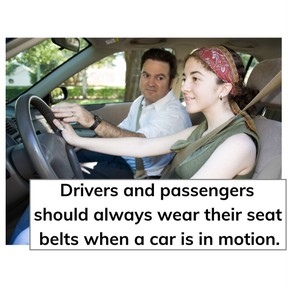
Support claims with reasons and evidence
I can support a claim with relevant reasons and convincing evidence.



8,000 schools use Gynzy
92,000 teachers use Gynzy
1,600,000 students use Gynzy
General
Students learn to support distinguish between claims and evidence and can select relevant reasons and evidence to support a given claim.
Standards
CCSS.ELA-Literacy.W.6.1b
CCSS.ELA-Literacy.W.7.1b
CCSS.ELA-Literacy.W.8.1b
Learning objective
Students will be able to support a claim with relevant reasons and convincing evidence.
Introduction
As a class, discuss what claims and evidence are by defining the words and giving examples of each. As a class, discuss the importance of being able to distinguish between a claim and evidence by discussing the two given examples on the interactive whiteboard.
Instruction
Check that students understand that you need evidence to back up a claim. And you can't support a claim by making more claims. In larger pieces of writing, authors usually support their main claim, or thesis, with three reasons which are used to create three body paragraphs. Having three reasons makes the reader more comfortable that the author knows what they are writing about and makes it more likely that the reader will believe the claim that is made. As a class, use the picture and text prompts to brainstorm a few possible reasons that could support the given claims. Then move on to explain the link between reasons and evidence. The pieces of evidence are the individual facts, details, and statistics that prove that the reasons are true. Ask the class if they can come up with any evidence that could be used for the claim that teenagers shouldn't smoke. Then as a class, brainstorm not reasons but evidence for the given image and prompt. Then, flip it around. Give students a list of evidence, and then ask what reason (or claim) this evidence is supporting. As a class, read a paragraph and determine the author's claim, their reason, as well as their evidence. Repeat this but ask students to try to determine the answers individually before discussing as a class.
Quiz
Students are given ten questions that check their understanding of key concepts given in the lesson. A portion of the questions ask students to determine if an element given is a claim, reason, or piece of evidence.
Closing
Remind students of the learning goal and discuss that it is important to be able to support a claim with relevant reasons and convincing evidence. Close the lesson with assigning students a paragraph writing task in which they must convince the teacher that chewing gum should be allowed in school.
The online teaching platform for interactive whiteboards and displays in schools
Save time building lessons
Manage the classroom more efficiently
Increase student engagement
Discover more!
About Gynzy
Gynzy is an online teaching platform for interactive whiteboards and displays in schools.
With a focus on elementary education, Gynzy’s Whiteboard, digital tools, and activities make it easy for teachers to save time building lessons, increase student engagement, and make classroom management more efficient.



